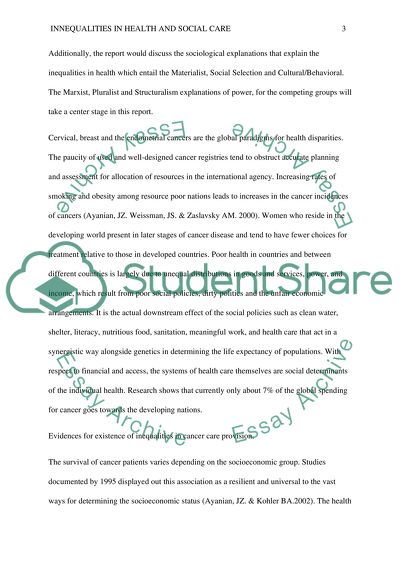Cite this document
(“Inequalities in Health and Social Care Essay Example | Topics and Well Written Essays - 2250 words”, n.d.)
Retrieved from https://studentshare.org/sociology/1453198-inequalities-in-health-and-social-care
Retrieved from https://studentshare.org/sociology/1453198-inequalities-in-health-and-social-care
(Inequalities in Health and Social Care Essay Example | Topics and Well Written Essays - 2250 Words)
https://studentshare.org/sociology/1453198-inequalities-in-health-and-social-care.
https://studentshare.org/sociology/1453198-inequalities-in-health-and-social-care.
“Inequalities in Health and Social Care Essay Example | Topics and Well Written Essays - 2250 Words”, n.d. https://studentshare.org/sociology/1453198-inequalities-in-health-and-social-care.


